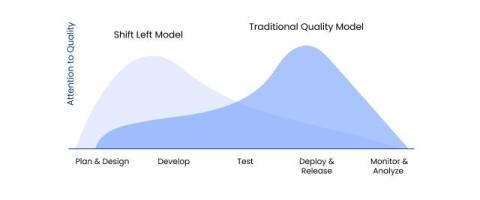PostgreSQL API: What it is and How to Create One
PostgreSQL APIs let applications interact with Postgres databases, perform CRUD (Create, Read, Update, Delete) operations, and manage database schemas. Keep reading to learn more about how APIs help you maximize your databases.









